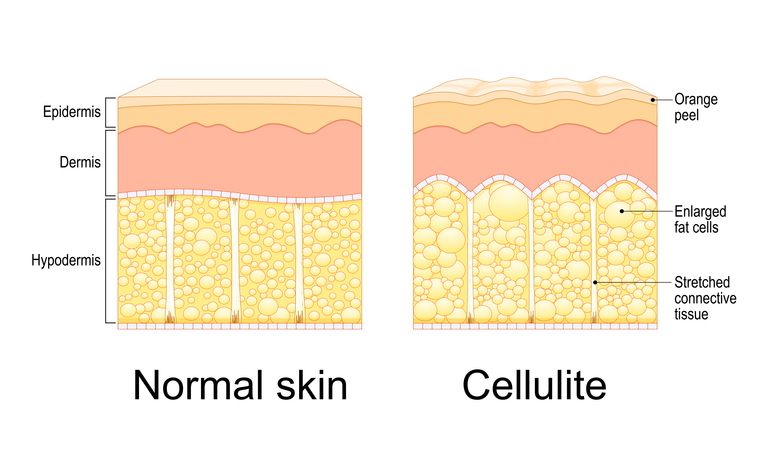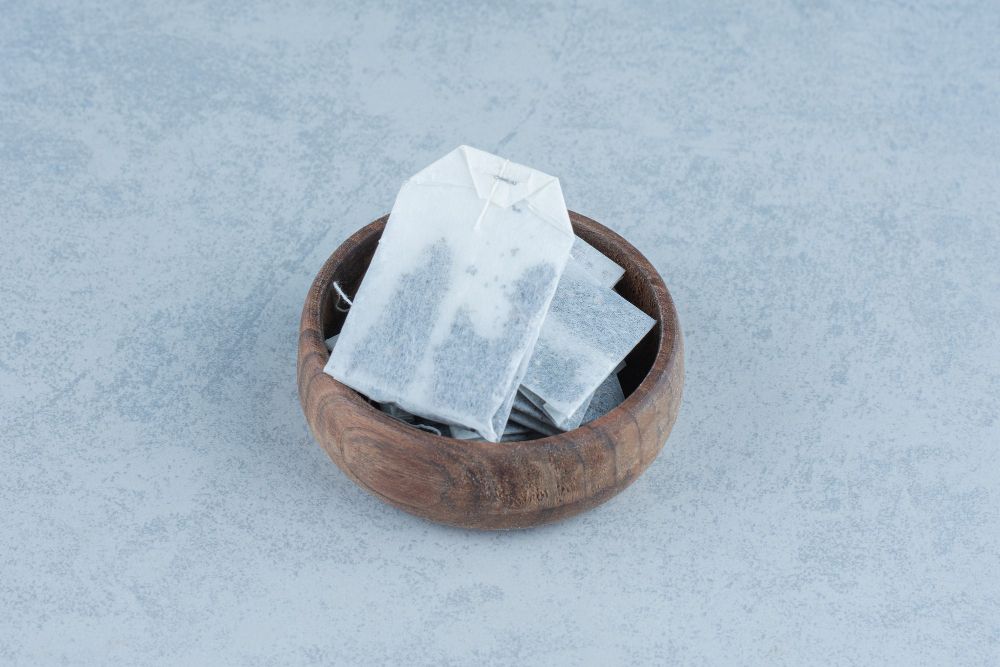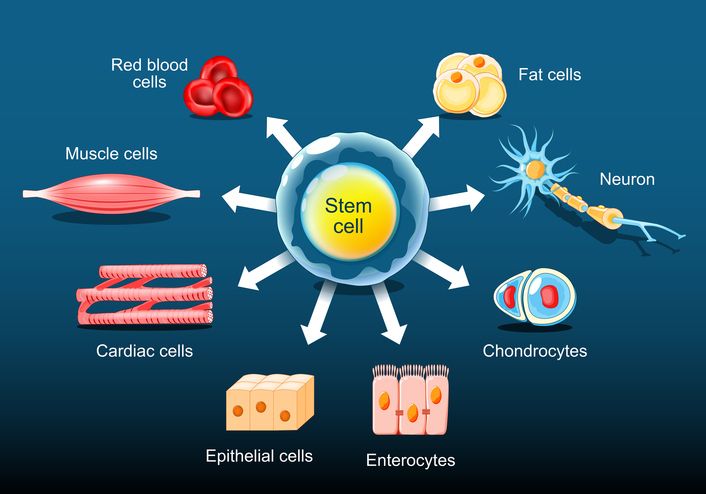
Book Now to Experience
Acne Treatment
1 Minute Self-Registration
Date should not be before minimal date
Author: Natalie Ng|21 April 2025
Thinking about subcision for acne scars? Subcision is a simple, minimally invasive treatment that helps with depressed scars like rolling scars and boxcar scars by releasing the fibrous tissue pulling the skin down. This can smooth out the surface and boost collagen production. Subcision works well for deep acne scars, especially when combined with other acne scar treatments like fillers or fractional laser. It doesn’t need much downtime, but it can cause swelling or bruising, and it’s not ideal for ice pick or keloid scars. If you’re looking for ways to treat acne scars, this could be an option. Keep reading to see the full list of pros and cons, and find out if subcision for acne scars makes sense for you.

1
Subcision Is Effective for Deep Rolling and Boxcar Scars
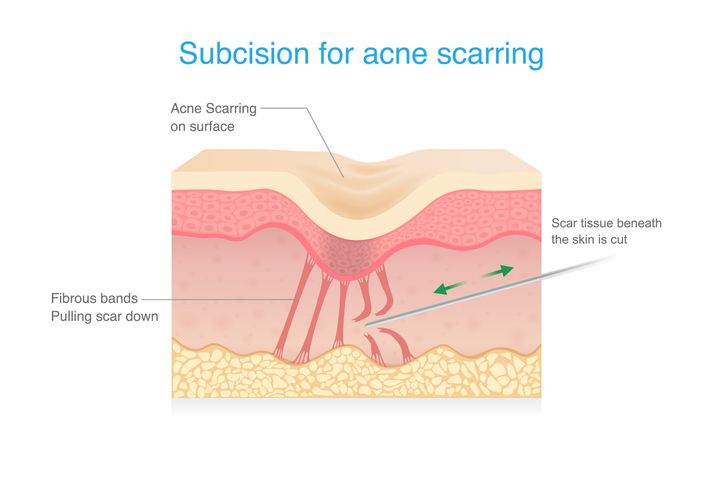
How Subcision Helps Rolling Scars
What to Know About Boxcar Scars
Combine With Other Treatments

2
Subcision Requires Minimal Downtime and Recovery

Results After Treatment
Aftercare
Gradual Skin Texture Improvement

3
Subcision Leads To Long-Lasting Results After Healing

How Subcision Creates Long-Term Change
Duration Of Results

4
Risk of Post-Treatment Bruising and Swelling
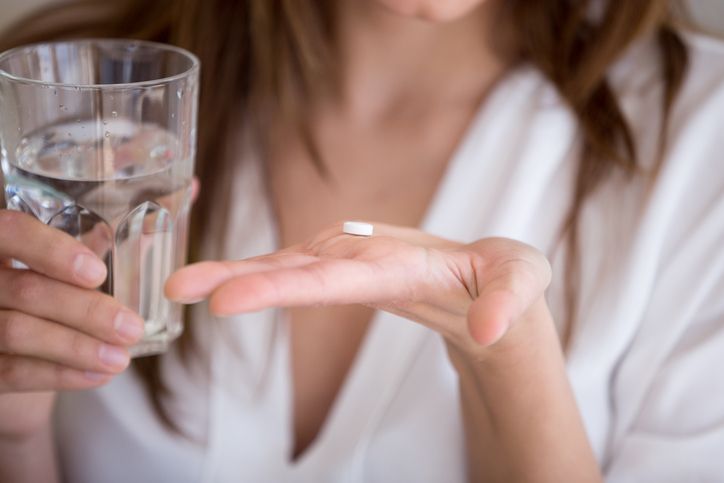

Book Now to Experience
Acne Treatment
1 Minute Self-Registration
Date should not be before minimal date

5
Potential for Uneven Texture and Scarring
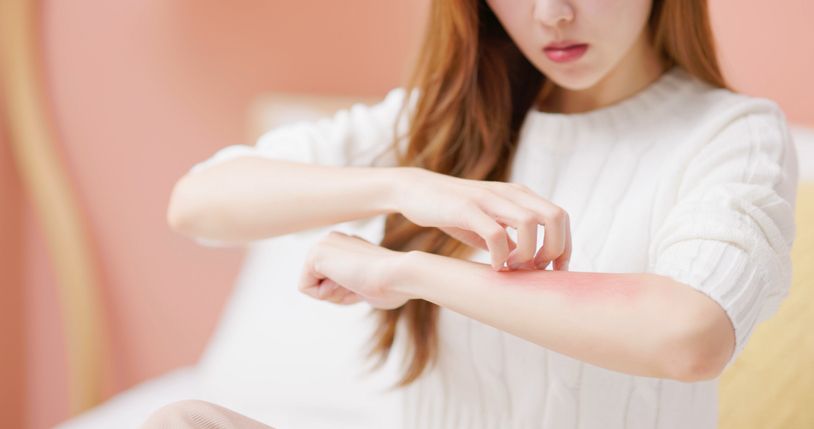
Risks

6
Limited Effectiveness on Ice Pick Scars
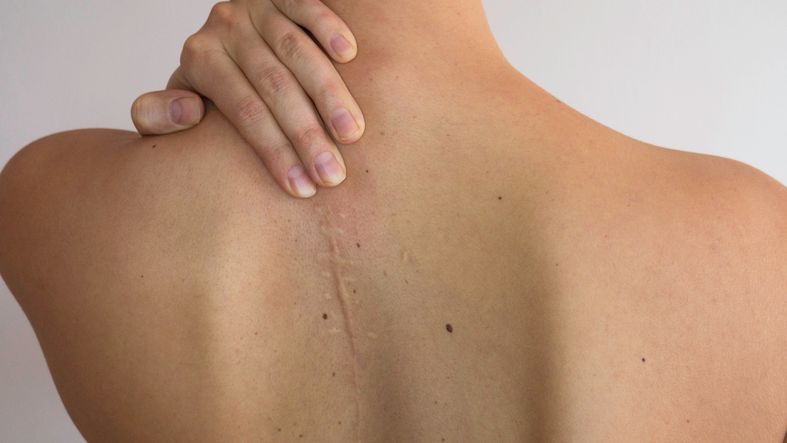
Why Subcision Struggles with Ice Pick Scars
Better Treatment Options for Ice Pick Scarring
Read More

7
Subcision Works Well With Fillers, Lasers, and Other Acne Scar Treatments
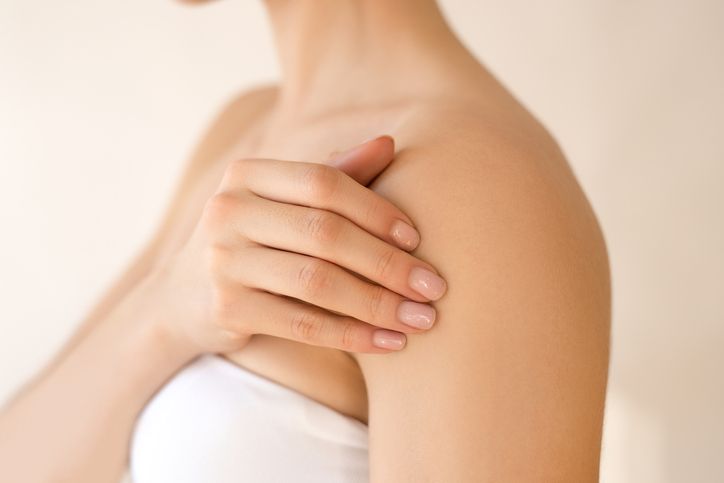
Common Treatment Combinations
A Flexible Treatment Strategy

8
Clear Breakouts and Support Scar Healing With the Acne Treatment

What Is the Acne Treatment?
How the Acne Treatment Enhances Subcision Results
Key Benefits of the Acne Treatment
FAQ
Is Subcision Treatment Painful Even With Local Anesthesia?
With local anesthesia, you'll feel minimal to no pain during the subcision procedure itself. You might experience a slight pinching sensation when receiving the anesthetic injection, but once it takes effect, the treatment area becomes numb. After the anesthesia wears off, you can expect some discomfort, tenderness, and bruising for 3-7 days, which you can manage with over-the-counter pain medications.
How Long Should I Wait Between Subcision Sessions?
Like a garden needs time between plantings to regenerate its soil, your skin requires adequate healing periods between subcision treatments. You'll need to wait 4-6 weeks between sessions to allow proper collagen formation and tissue healing. If you're combining subcision with other treatments, your doctor might recommend 8-12 weeks between sessions. Your specific healing time depends on your skin's response and the treatment's depth.
Can I Wear Makeup Immediately After the Procedure?
You shouldn't wear makeup immediately after subcision, as it can increase your risk of infection and interfere with proper healing. Wait at least 24-48 hours before applying any cosmetics to the treated area. When you do resume wearing makeup, guarantee your brushes and products are clean, and use only non-comedogenic products. If you need coverage during the initial healing period, ask your doctor about special post-procedure mineral makeup options.
What Age Is Considered Ideal for Getting Subcision Treatment?
Just as a fruit must reach full ripeness before harvest, you'll get the best results from subcision when your skin has fully matured. The ideal age typically ranges from 20-45, when your skin's healing capabilities are prime. You'll want to guarantee your acne is under control for at least 6-12 months before treatment, and your scars should be fully mature, which usually takes 1-2 years after active breakouts have stopped.
Are the Results of Subcision Permanent if I Continue to Get Acne?
Subcision results can be affected if you continue to develop active acne. While the treatment permanently breaks up existing scar tissue, new acne breakouts can create additional scarring. To maintain your results, you'll need to: 1. Control active acne through proper skincare and medication. 2. Treat new breakouts promptly. 3. Consider follow-up subcision treatments for any new scars that develop. Think of subcision as one part of your overall acne management strategy.

Book Now to Experience
Acne Treatment
1 Minute Self-Registration
Date should not be before minimal date
Recommended Articles
COPYRIGHT© NEW BEAUTY MANAGEMENT LIMITED 2025. ALL RIGHT RESERVED.

